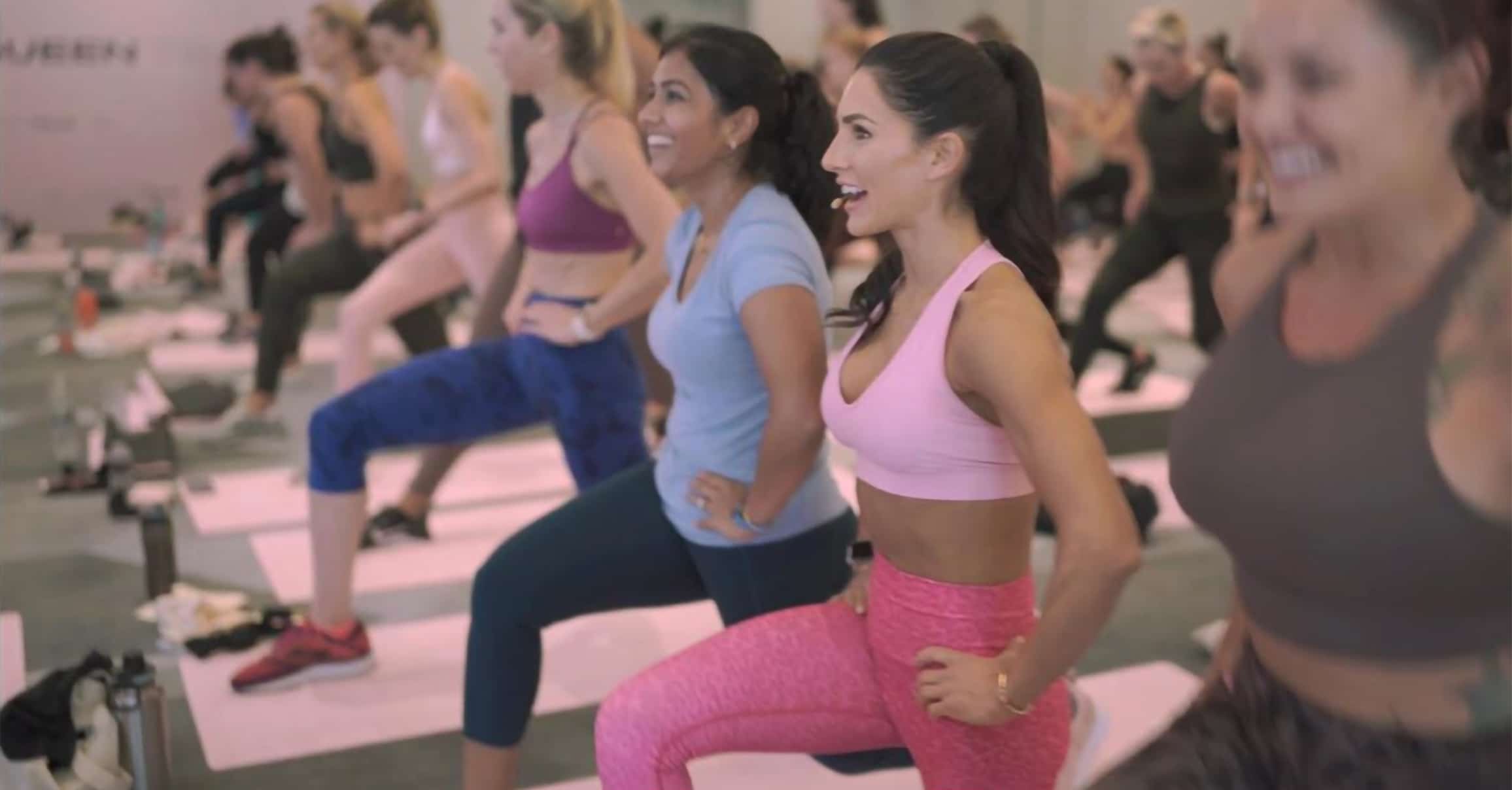Common Fitness Terms You May Not Know
Sometimes common fitness terms sound like a foreign language. It might seem as though you need a translator to help you cut through fitness terms and understand exactly what you should be doing during a workout.
Knowing what’s really going on while you’re going through my circuits can help you reach your goals much quicker. I’ve pulled together a list of some of the top fitness terms to help you workout with confidence and get the most out of my program.
Even if you’re not a total newbie, you may be surprised to find the meaning of some of these words is a little different to what you might think.
Ok, let’s do this…
Reps
In simple terms, a rep is simply an abbreviation for ‘repetition’. The number of reps let you know the number of times you need to do the exercise.
So if you’re doing squats for 12 reps, it means you need to squat 12 times. Easy!
Rounds
Rounds (also known as sets) work in sync with reps. A round describes the number of times you will repeat the desired reps.
So if a workout asks you to do 12 reps of squats for 3 rounds, you will do 12 squats and then rest, another 12 squats and then rest followed by a final 12 squats, totalling 3 rounds.
EMOM
EMOM stands for ‘every minute on the minute’. In an EMOM workout, you start a new move with a specific rep count every minute.
Once you complete the reps, you get to recover for the rest of the minute.
An EMOM workout might only use bodyweight, or it could incorporate the use of equipment.\
Circuit
A circuit is a ‘round’ of a series of exercises. For example, in a workout you might be performing a circuit of 10 burpees, 10 squat jumps and 10 lunges.
The important thing is that in each circuit you move from one exercise to the next with little or no rest until you have completed the circuit.
Resistance
Resistance is how much weight your muscles are working against when completing an exercise.
You can add resistance with anything from your own bodyweight, through to dumbbells and resistance bands.
Aerobic Exercise
Cardio is often called aerobic exercise but aerobics is actually the name of a specific energy system that your body is using to generate the energy that powers your workout.
When you are doing aerobic exercise your body is using oxygen for energy. Using oxygen to fuel your workout helps keep you moving for long periods of time which is useful for when you’re doing things like running, walking or riding a bike.
Anaerobic
Your body starts to use your anaerobic energy system when you do high intensity workouts that send your heart rate sky high.
When you are doing anaerobic exercise such as short interval training your muscles break down glucose (sugar) to use for energy. The reason for this is because oxygen can’t deliver energy to your muscles fast enough so your body uses glucose instead.
Foam Rolling
Foam rolling is a way of massaging tight muscles to help release them and improve mobility. Your muscles are surrounded by a thing called your fascia which is a layer of connective tissue surrounding your muscles.
Foam rolling helps to smooth out any ‘knots’ that you may have in your fascia. Foam rolling helps keep the muscles flexible, strong, and healthy, and we need that flexibility to maintain a range of motion in the joints. Without it, the muscles shorten and become tight.
DOMS
This is one I see a lot of people talking about in the QUEENTEAM Facebook group!
DOMS stands for ‘delayed onset muscle soreness’, it’s the soreness in your muscles you feel 24 – 48 hours after you’ve completed a workout.
The soreness feels like a dull ache and can also feel tender and stiff. You’ll usually feel the pain when you stretch the muscle rather than when it’s at rest.
The reason your muscles feel sore is because when you worked out you damaged your muscle fibres. Sore muscles don’t always mean you should stop training though, my advice would be to focus on another muscle group.
Don’t worry, that’s a good thing because the muscle then repairs and gets stronger. DOMS can typically last up to 72 hours after a workout so hang tight!
Interval Training
This is a simple one to explain. Interval training describes a period of activity followed by a period of rest.
For example, you might do 40 seconds of work followed by 15 seconds of rest or 4 minutes of work followed by 1 minute rest. The key thing is that during the periods of activity you are working hard.
Functional Training
Functional movement describes the type of exercise or movements that help you feel better and perform better in everyday life. Functional exercises typically mirror the way you move when you’re not working out.
Think of it like this, you use the same muscle groups to take your grocery shopping to the car as you would when you’re doing a farmer’s carry.
Isometric Exercise
Isometric exercises are typically exercises where you’re holding a set position under tension for a period of
time, like a squat hold, shoulder press hold or lunge hold.
Not only does holding a position like a squat hold help you build strength and stability, it also helps you improve your
mental strength to push through an exercise when it gets tough.
Plyometric Exercise
Plyometric exercises are typically exercises like box jumps and burpees that require explosive movement.
These type of exercises are amazing for building strength and power. Having more power means your body can recruit more muscle fiber faster and more efficiently, which is really beneficial when you’re lifting heavy objects or sprinting.
So, there you have it. Some of the most commonly heard fitness terms explained.
I hope I’ve given you the knowledge to help you get the most out of your workouts and go into them full of confidence.
If you have any questions, please email me. I love hearing from you. Get in touch at contact@alexia-clark.com.






